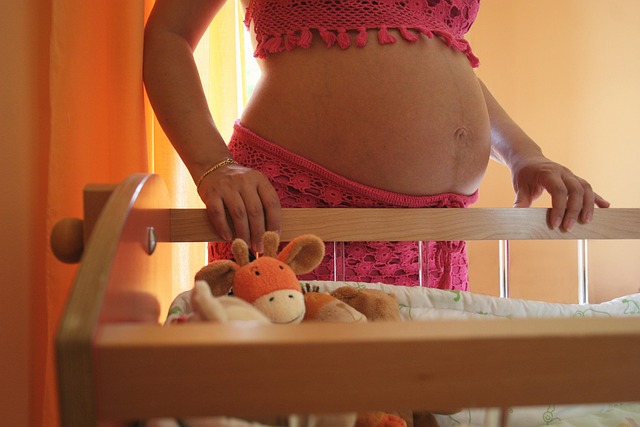Hey there, future parents! Let’s chat about a condition that can pop up during pregnancy called preeclampsia. It may sound serious, and it can be, but knowing about it helps you stay alert and keep both you and your baby healthy.
What Is Preeclampsia?
Preeclampsia is a pregnancy complication characterized by high blood pressure and signs of damage to another organ system, often the kidneys. It generally arises after the 20-week mark of pregnancy and can develop in women who have previously had normal blood pressure. Approximately 7% of pregnant women are diagnosed with this condition, but the good news is that early detection and treatment can lead to a healthy pregnancy and baby.
Symptoms to Look Out For
During your prenatal visits, your healthcare provider will monitor your blood pressure and may request a urine sample. Signs of preeclampsia include:
- High blood pressure
- Swelling in your hands and face
- Sudden weight gain
- Severe headaches
- Changes in vision, such as blurred eyesight or seeing spots
If you notice any of these symptoms, don’t hesitate to reach out to your doctor!
What Causes Preeclampsia?
The exact cause of preeclampsia isn’t fully understood, but several factors may contribute. It often arises when the placenta isn’t receiving enough blood due to problems with the blood vessels. This can trigger an inflammatory response that leads to the symptoms mentioned above.
How Does Preeclampsia Affect Your Baby?
Preeclampsia can affect your baby by limiting the blood flow and nutrients they receive. If not managed properly, it can lead to complications like low birth weight or premature birth. But remember, with appropriate care, many women go on to have healthy babies.
When Does Preeclampsia Start and End?
This condition typically develops after 20 weeks of gestation and may resolve after the baby is born. However, some symptoms can persist, so ongoing monitoring is essential.
Risk Factors for Preeclampsia
Certain factors can increase your risk of developing preeclampsia, including:
- First-time pregnancy
- A history of preeclampsia
- Obesity
- Multiple pregnancies (twins or more)
- Chronic hypertension or kidney disease
Diagnosing Preeclampsia
Your healthcare provider will diagnose preeclampsia based on blood pressure readings and lab tests that check for protein in the urine. It’s crucial to attend all your prenatal appointments to catch any potential issues early.
Can Low-Dose Aspirin Help?
Some studies suggest that taking low-dose aspirin during pregnancy may reduce the risk of developing preeclampsia. If you’re concerned, discuss this option with your healthcare provider.
Treatments for Preeclampsia
Treatment options vary depending on the severity of the condition and how far along you are in your pregnancy. If preeclampsia is diagnosed, your doctor might recommend monitoring, medications, or in more severe cases, early delivery.
Preventing Preeclampsia
While not all cases can be prevented, maintaining a healthy lifestyle, managing pre-existing health conditions, and attending regular prenatal visits can help lower your risk.
Possible Complications of Untreated Preeclampsia
If left untreated, preeclampsia can lead to serious complications for both you and your baby, such as eclampsia (seizures) or placental abruption. That’s why staying informed and proactive is key!
If you’re considering starting a family or looking into at-home insemination, check out Make a Mom for innovative options, including the only reusable at-home insemination kit. You can learn more about how it works with their guide on at-home insemination. Plus, if you’re looking for a supportive community, consider joining this free sperm donor matching group.
Also, if you want to explore more about intrauterine insemination, take a look at resources from Cleveland Clinic. For more on preparing for parenthood, don’t miss our post on the top online will creators for new parents.
Summary
Preeclampsia is a potentially serious condition that affects some pregnant women, but early detection and treatment can lead to positive outcomes. Stay informed about the symptoms and risks, and don’t hesitate to reach out to your healthcare provider for guidance. Keeping up with your prenatal visits is crucial for a healthy pregnancy!
